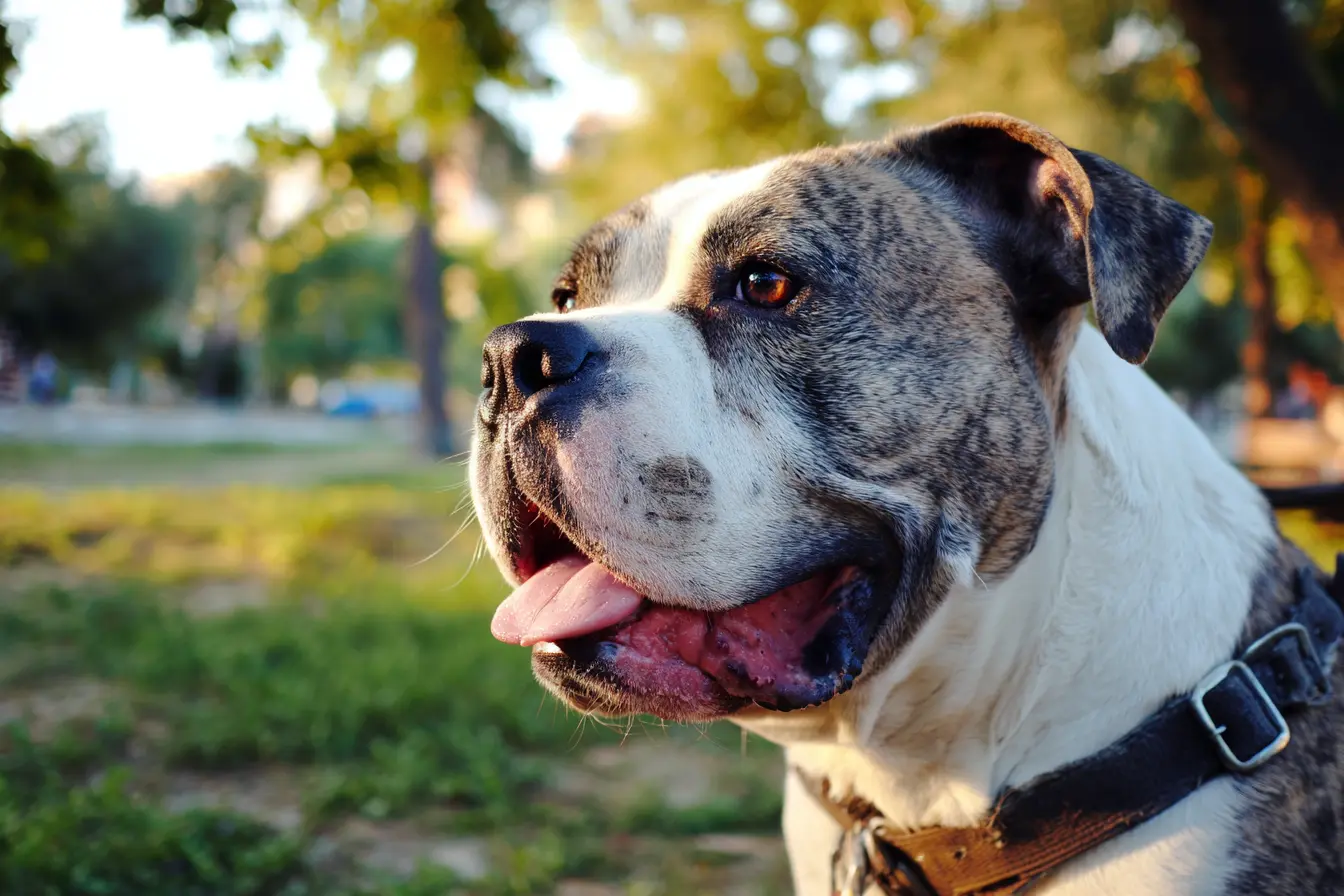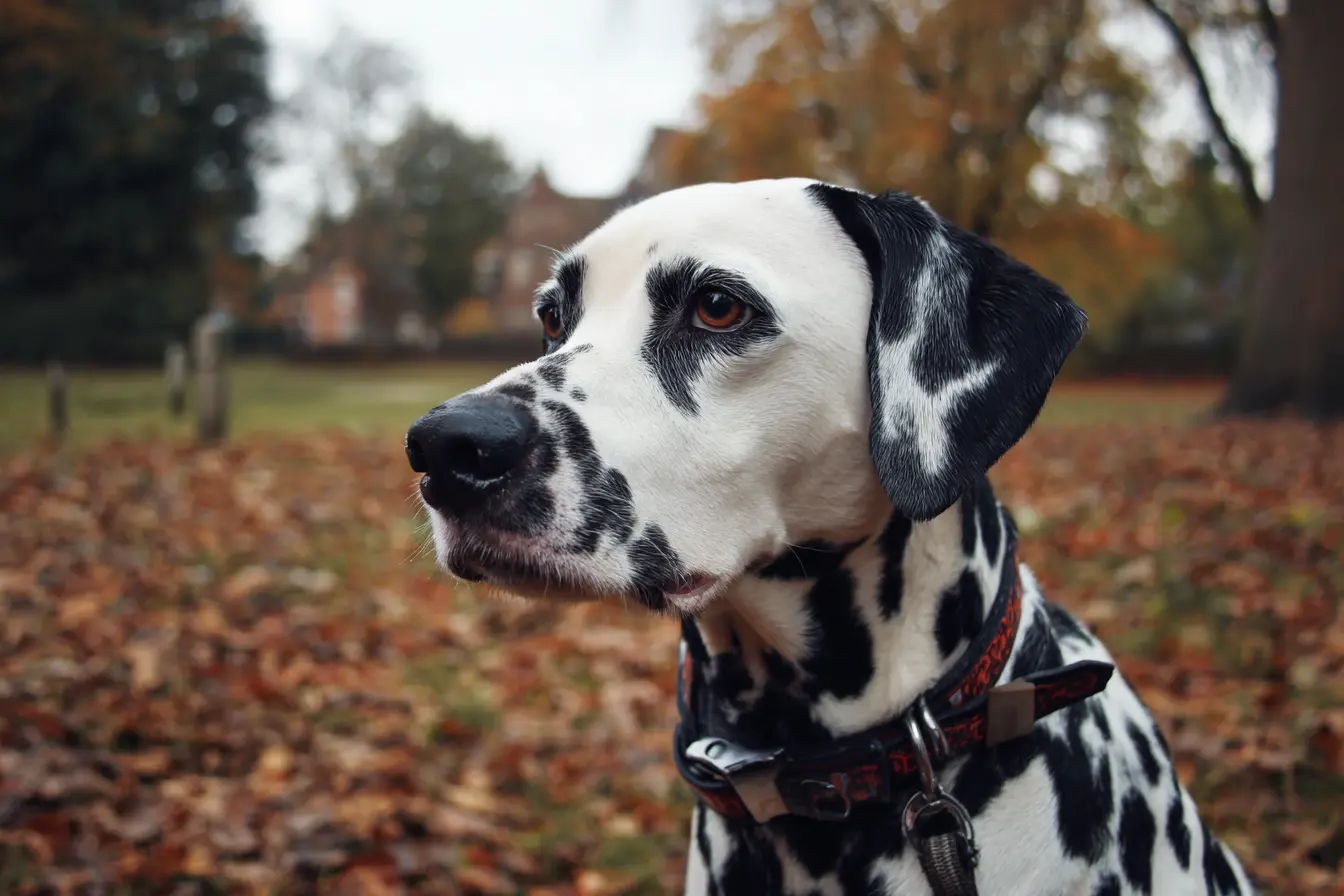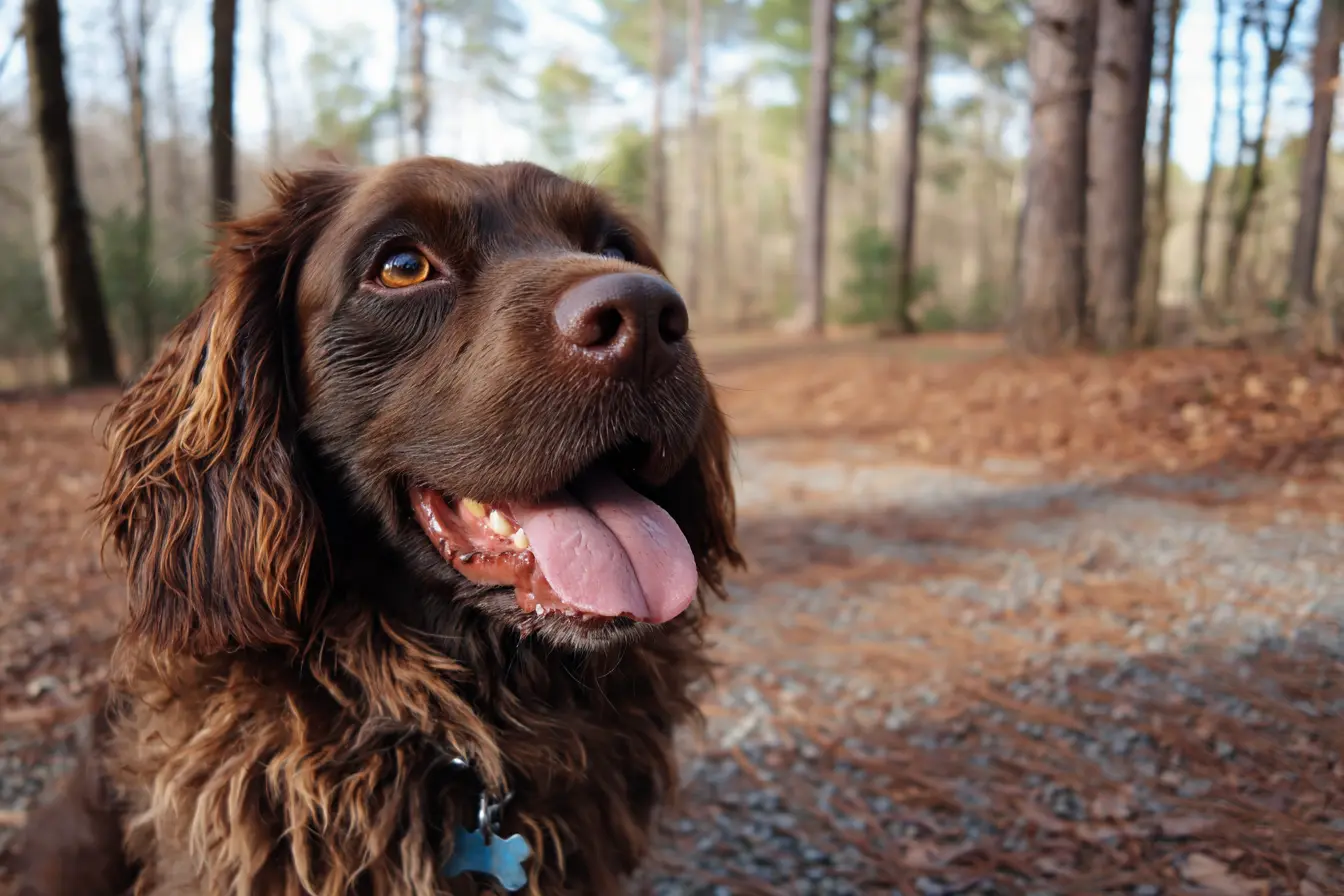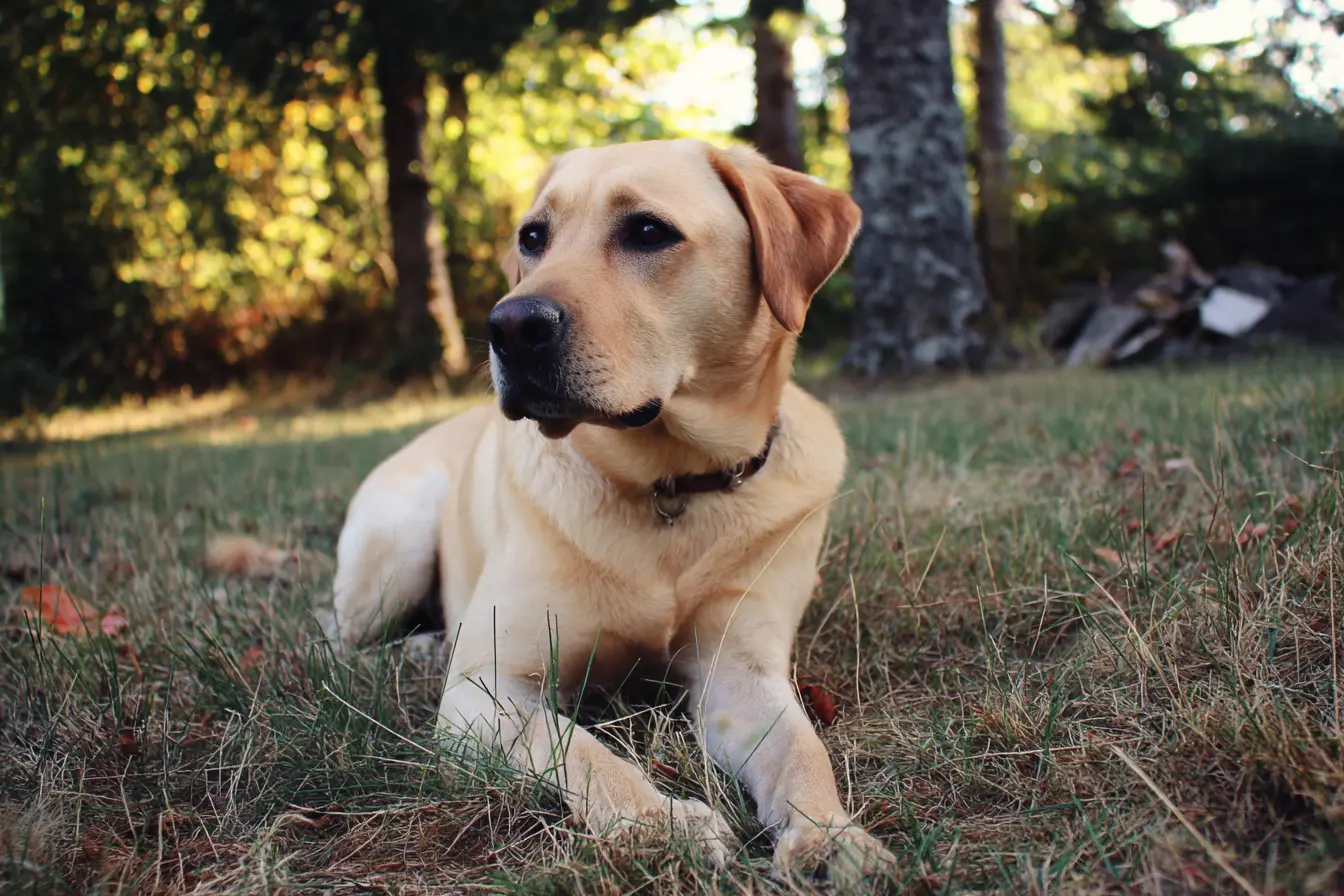
Understanding the Dangerous Dogs Act 1991 for Vets
The Dangerous Dogs Act 1991 is a cornerstone of canine legislation in the United Kingdom. Designed to protect the public from aggressive or dangerous dogs, the Act has significant implications for veterinary professionals who may encounter restricted breeds or be involved in dog bite incidents, exemption processes, or legal proceedings.
Since its introduction, the Act has been amended multiple times to improve enforcement, clarify responsibilities, and address emerging public safety concerns. This post provides a comprehensive overview of the Act and its key amendments, with a focus on what vets need to know to ensure compliance, support animal welfare, and navigate complex legal scenarios.
Purpose and Scope of the Act
The Dangerous Dogs Act 1991 was introduced in response to several serious and fatal dog attacks in the late 1980s and early 1990s. Its objectives are to:
- Protect the public from injury or fear caused by dogs
- Prohibit the ownership and breeding of specific dog types deemed inherently dangerous
- Penalise owners whose dogs are dangerously out of control, regardless of breed
- Empower authorities to seize, assess, and in some cases destroy dogs
The legislation applies in England, Wales and Scotland, with separate provisions for Northern Ireland.
Prohibited Types Under Section 1
Section 1 of the Act bans ownership, breeding, sale, exchange, and abandonment of certain types of dogs based on physical appearance. These include:
- Pit Bull Terrier
- Japanese Tosa
- Dogo Argentino
- Fila Brasileiro
- XL Bully (as of 31 December 2023)
A dog can be classified as prohibited even if it is not a pure breed, based solely on its resemblance to a banned type.
Veterinary professionals may encounter these dogs in the course of routine treatment, microchipping and neutering, behaviour assessments, or legal evaluations.
The Dangerous Dogs (Amendment) Act 1997
This amendment removed the requirement for automatic destruction of dogs found to be of a banned type, allowing courts greater discretion.
Key changes included:
- Giving courts the authority to assess whether a dog poses a danger to the public
- Permitting the registration of banned-type dogs on the Index of Exempted Dogs
- Imposing strict conditions for exemption, including:
- Neutering and microchipping
- Muzzling and lead use in public
- Third-party liability insurance
- Permanent residence at a declared address
This amendment allowed many otherwise well-behaved dogs to be retained under controlled circumstances, and led to greater veterinary involvement in compliance procedures.
The Anti-Social Behaviour, Crime and Policing Act 2014
This amendment significantly broadened the application of Section 3 of the Dangerous Dogs Act, which applies to all breeds.
Key changes included:
- Extending the offence of a dog being dangerously out of control to incidents occurring on private property
- Making it an offence for a dog to injure an assistance dog
- Increasing penalties for attacks, including:
- Up to 14 years’ imprisonment if a dog kills a person
- Up to 5 years if a person or assistance dog is injured
- Enabling both police and local authorities to investigate and take enforcement action
- Introducing community protection tools, including Community Protection Notices and Dog Control Notices
For vets, this amendment means more involvement in legal proceedings, behaviour assessments, and documentation for bite incidents on both public and private premises.
The Dangerous Dogs (Designated Types) (England and Wales) (Amendment) Order 2023
This recent amendment added the XL Bully to the list of banned types under Section 1.
From 31 December 2023:
- It became illegal to sell, breed, abandon, or give away XL Bully dogs in England and Wales
- From 1 February 2024, it became illegal to own one unless it is registered on the Index of Exempted Dogs
Owners of exempted XL Bullies must:
- Have the dog neutered and microchipped
- Ensure the dog is muzzled and on a lead in public
- Hold valid third-party liability insurance
Veterinary professionals saw a sharp rise in:
- Neutering and microchipping requests for compliance
- Certification tasks related to exemption deadlines
- Behaviour and welfare advice requests related to the ban
Dogs Dangerously Out of Control – Section 3
Section 3 of the Act makes it an offence for any dog to be dangerously out of control in any place. This includes incidents where:
- A person is injured
- An assistance dog is injured
- A person fears they might be injured
Since 2014, this applies to private property, including the owner’s home and garden.
Veterinary responsibilities may include:
- Treating injuries inflicted by dogs
- Documenting behavioural incidents and history
- Providing reports or testimony for legal cases
Seizure, Exemption, and Destruction Orders
Authorities have powers to seize dogs that are either suspected banned types or involved in dangerous incidents.
Possible outcomes include:
- Destruction orders if the court deems the dog a danger to the public
- Contingent destruction orders that allow the dog to live under strict conditions
- Entry on the Index of Exempted Dogs, if eligibility criteria are met
Vets may be involved in:
- Conducting health assessments of seized dogs
- Microchipping, neutering, and verifying compliance for exemptions
- Performing euthanasia only when authorised by a court order or valid consent
Legal and Ethical Considerations for Vets
Veterinary professionals must navigate complex ethical and legal challenges in relation to dangerous dogs, including:
- Maintaining impartiality when providing evidence or expert reports
- Ensuring accurate and factual clinical records in legal cases
- Refusing euthanasia of seized dogs without valid legal authority
- Advising clients on their responsibilities without offering legal advice
Related Legislation in Devolved Nations
While the Dangerous Dogs Act 1991 applies in Scotland and Northern Ireland, additional or alternative measures exist.
Scotland – Control of Dogs (Scotland) Act 2010
This Act:
- Focuses on dog behaviour, not breed
- Allows local authorities to issue Dog Control Notices (DCNs)
- Enables early intervention and behaviour-based regulation
Vets in Scotland may be involved in:
- Behaviour advice
- Assessments related to DCNs
- Liaising with local authorities over risk management
Northern Ireland – Dogs (Northern Ireland) Order 1983
Northern Ireland enforces breed-specific bans similar to England and Wales but under separate legislation.
Vets working in NI should be aware of:
- Specific local enforcement practices
- Licensing and identification requirements
- Local authority procedures for dog control
Final Thoughts
The Dangerous Dogs Act 1991, along with its significant amendments in 1997, 2014 and 2023, continues to affect the day-to-day work of veterinary professionals across the UK. Whether assessing an exempted dog, reporting a bite incident, or assisting with legal documentation, vets have an important role in balancing animal welfare with public safety.
A thorough understanding of the law, careful documentation, and collaboration with clients and authorities are essential to ensure ethical and legal compliance.
Further Resources
- Dangerous Dogs Act 1991 – www.legislation.gov.uk
- DEFRA guidance on banned breeds and exemptions
- RCVS Code of Professional Conduct – www.rcvs.org.uk/code
- British Veterinary Association policy updates – www.bva.co.uk
- Dog Control Coalition – www.bva.co.uk/dogs/dangerous-dogs
Contents
- Purpose and Scope of the Act
- Prohibited Types Under Section 1
- The Dangerous Dogs (Amendment) Act 1997
- The Anti-Social Behaviour, Crime and Policing Act 2014
- The Dangerous Dogs (Designated Types) (England and Wales) (Amendment) Order 2023
- Dogs Dangerously Out of Control – Section 3
- Seizure, Exemption, and Destruction Orders
- Legal and Ethical Considerations for Vets
- Related Legislation in Devolved Nations
- Final Thoughts
- Further Resources
Tags
Vets near you
Speciality vets
- Aquatics vet specialists
- Birds vet specialists
- Camelids vet specialists
- Cats vet specialists
- Cattle vet specialists
- Deer vet specialists
- Dogs vet specialists
- Equines vet specialists
- Exotic vet specialists
- Goats vet specialists
- Pigs vet specialists
- Poultry vet specialists
- Sheep vet specialists
- Small Mammals vet specialists
- Wild vet specialists



